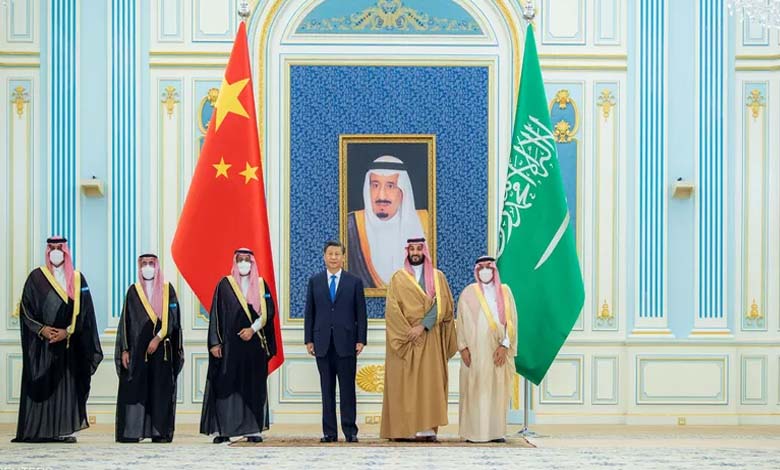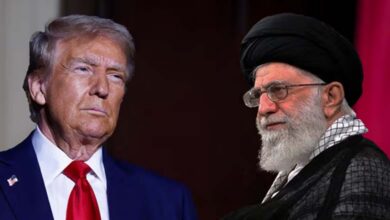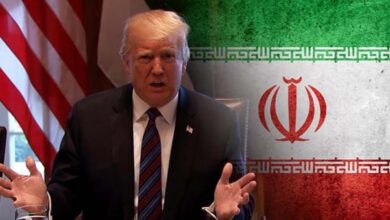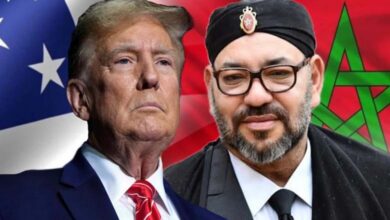Prioritizing Interests: What’s Behind China’s Strategy in the Gulf States? China’s Presence in the Gulf States

China is the world’s leading country in production and export, with the Chinese people being both producers and a source of strength. The Chinese economy is considered the fastest-growing globally, while the United States and Europe are facing economic crises, earning China the nickname “world’s factory.”
China has developed its military capabilities by modernizing its nuclear arsenal and naval power. It has also strengthened its military relations with 150 countries, maintaining military attachments in 112 countries. Notably, this includes Sino-Gulf relations, which gained prominence with the Saudi-Iranian reconciliation in March of last year.
China’s Status as the Largest Arab Trading Partner
China is now the largest trading partner of Arab countries. Trade between the two sides has nearly doubled compared to 2012, reaching $431.4 billion last year, up from $222.4 billion in 2012. In the first half of the current year, bilateral trade amounted to $199.9 billion.
Data shows that Saudi Arabia has been China’s largest trading partner in the Middle East since 2001, and since 2013, China has become Saudi Arabia’s largest trading partner. In 2022, bilateral trade between the two countries exceeded $116 billion, with a yearly increase of 33.1 percent.
Sino-Gulf Relations
To understand current and future relations between China and the Gulf, three main factors must be considered. First, China’s increasing energy needs are driving its primary interest in the Middle East. Second, U.S. policy in the region is moving toward reducing American presence. Third, Gulf countries have a vision for their economic future.
Although China’s rising demand for energy is its primary interest in the region, Beijing has become an important partner for Gulf countries in various other fields, including infrastructure investment, trade in goods and services, digital technology, and defense and security issues.
Joint Saudi-Chinese Military Training
The latest development in these relations is the announcement by the Chinese Ministry of National Defense that China and Saudi Arabia will conduct joint naval exercises in October. The ministry stated that the training will take place in the city of Zhangjiang in Guangdong Province. This joint training will be the second of its kind between the two sides.
Political analyst Mukhtar Ghubashi, Deputy Chairman of the Arab Center for Political and Strategic Studies, says that China’s strategic objectives in the Gulf region can be summarized in three points: First, securing energy and minerals; second, safeguarding maritime routes, especially the ports through which oil is transported; and third, mitigating the risk of maritime piracy along these routes. Saudi Arabia provides China with 12.6% of its total oil imports, followed by Oman at 7.5%, Iran at 7.3%, Kuwait at 4.4%, and the United Arab Emirates at 2.5%.
Ghubashi adds that China is fully aware that it needs to enhance its investment relations with the Gulf Cooperation Council countries. With China’s growing political involvement in the Middle East, this may pose challenges related to China’s relationship with both Iran and the Gulf’s relationship with the United States.












